
Lexus IS Saloon (2013-2020) engines, drive and performance
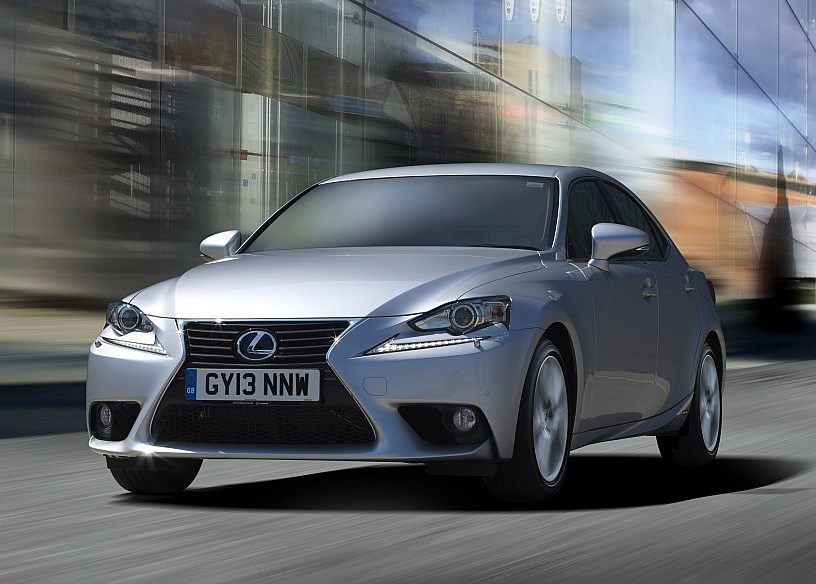
- Two powertrains to choose from
- One hybrid, one four-cylinder turbo
- Massive 90% of buyers pick the former
There’s a pair of engine options available supplying Lexus IS performance. You also get the Drive Mode Select system which can alter the response of the engine depending on whether you choose to drive in Eco, Normal or Sport configurations. Eco tones things down a bit and Sport sharpens them up.
Hybrid powertrain
The first, and most popular in the UK, is the hybrid IS 300h. This makes use of a 2.5-litre, four-cylinder petrol engine coupled to an electric motor. The total power output is 223hp, which is fed to the rear wheels via a Continuously Variable Transmission (CVT) gearbox that can be controlled via the paddles mounted behind the steering wheel.
Lexus states the IS 300h will hit 62mph in 8.3 seconds, while top speed is 125mph. On the road this version of the IS doesn’t feel particularly quick, though. The power delivery is smooth, but if you try to drive quickly you’ll soon be frustrated with the lack of response from that CVT gearbox. It makes a lot of noise, but progress doesn’t quite follow.
Four cylinder-petrol engine
The other option is the IS 200t that features a 2.0-litre petrol motor good for 244hp and 350Nm of torque thanks to its turbocharger.
It certainly feels the sportier of the pair but is slightly hampered by its eight-speed automatic gearbox, which feels like it saps power through hesitation.
It’s quicker in a straight line though, boasting a 0-62mph time of 7.0 seconds and a more powerful feel thanks to the boost from its turbocharger.
Lexus reckons nine out of ten buyers will choose the hybrid option, which makes the 200t something of a rarity. It’s not a particularly bad powertrain, but it’s less efficient than the 300h without being sufficiently more engaging.
- Balanced and predictable handling
- Safe but not exactly soul stirring
- Chassis and suspension revisions for 2017
On the whole, the handling of the Lexus IS is balanced and neutral. It doesn’t do anything untoward when driving normally, and this is the manner in which most of these cars will be driven.
The facelift in 2017 aimed to improve handling dynamics without compromising comfort and to a degree it has been successful.
While earlier cars suffer from inert and vague steering, updated versions feature componentry from the larger GS boasting smoother and more accurate feel.
The IS was also put on a diet, while having its structural rigidity increased and suspension revised in the interest of delivering a cushier ride and better body control.
Being rear-wheel drive, you may expect the rear to break loose under extremes, but the neutral balance means the front pushes wide long before this.
For the best handling, you’ll want to order an F Sport with its uprated suspension system. This has been tuned to deliver a stiffer composure for flatter cornering, although it’s a little bit bumpier as a trade-off.
You get the Drive Mode Select system, which lets the driver choose from one of four modes: Eco, Snow, Normal and Sport.
Pick the optional towing pack and you’ll get a braked towing capacity of 1,500kg for the IS 200t and 750kg for the IS 300h (excluding SE).
There’s an optional adaptive suspension system available on IS 300h models with two damper settings – Normal, for everyday driving and Sport S+ for tighter body control.






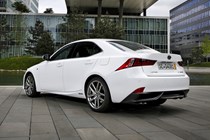
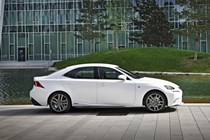
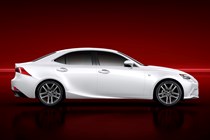




.jpg)
.jpg)
.jpg)
.jpg)
.jpg)
.jpg)
.jpg)
.jpg)
.jpg)
.jpg)
.jpg)
.jpg)
.jpg)
.jpg)

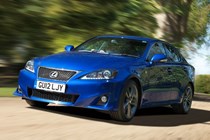
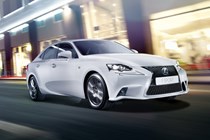

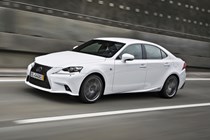
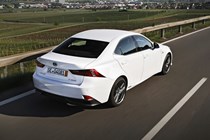

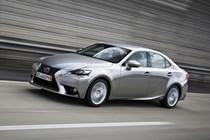


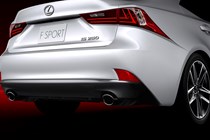

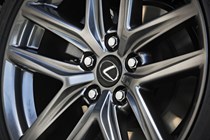
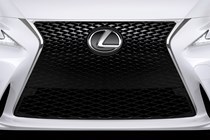
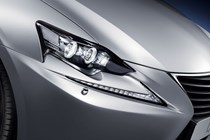

.jpg)
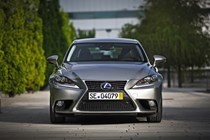
.jpg)
.jpg)
.jpg)
.jpg)
.jpg)
.jpg)
.jpg)
.jpg)
.jpg)
.jpg)
.jpg)
.jpg)
.jpg)
.jpg)
.jpg)
.jpg)
.jpg)




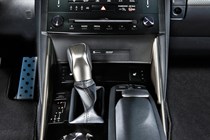
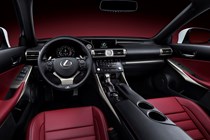

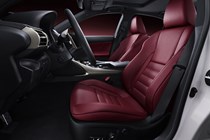

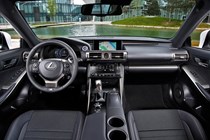
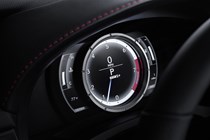

.jpg)
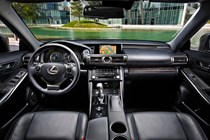
.jpg)
.jpg)
.jpg)
.jpg)
.jpg)
.jpg)
.jpg)
.jpg)
.jpg)
.jpg)
.jpg)
.jpg)
.jpg)
.jpg)
.jpg)
.jpg)
.jpg)
.jpg)
.jpg)
.jpg)
.jpg)
.jpg)
.jpg)
.jpg)
.jpg)
.jpg)
.jpg)
.jpg)
.jpg)
.jpg)
.jpg)
.jpg)
.jpg)
.jpg)
.jpg)
.jpg)
.jpg)
.jpg)
.jpg)
.jpg)
.jpg)
.jpg)
.jpg)
.jpg)
.jpg)











.jpg?quality=50)
.jpg?quality=50)
.jpg?quality=50)
.jpg?quality=50)
.jpg?quality=50)
.jpg?quality=50)
.jpg?quality=50)
.jpg?quality=50)
.jpg?quality=50)
.jpg?quality=50)
.jpg?quality=50)
.jpg?quality=50)
.jpg?quality=50)
.jpg?quality=50)
















.jpg?quality=50)

.jpg?quality=50)
.jpg?quality=50)
.jpg?quality=50)
.jpg?quality=50)
.jpg?quality=50)
.jpg?quality=50)
.jpg?quality=50)
.jpg?quality=50)
.jpg?quality=50)
.jpg?quality=50)
.jpg?quality=50)
.jpg?quality=50)
.jpg?quality=50)
.jpg?quality=50)
.jpg?quality=50)
.jpg?quality=50)
.jpg?quality=50)












.jpg?quality=50)

.jpg?quality=50)
.jpg?quality=50)
.jpg?quality=50)
.jpg?quality=50)
.jpg?quality=50)
.jpg?quality=50)
.jpg?quality=50)
.jpg?quality=50)
.jpg?quality=50)
.jpg?quality=50)
.jpg?quality=50)
.jpg?quality=50)
.jpg?quality=50)
.jpg?quality=50)
.jpg?quality=50)
.jpg?quality=50)
.jpg?quality=50)
.jpg?quality=50)
.jpg?quality=50)
.jpg?quality=50)
.jpg?quality=50)
.jpg?quality=50)
.jpg?quality=50)
.jpg?quality=50)
.jpg?quality=50)
.jpg?quality=50)
.jpg?quality=50)
.jpg?quality=50)
.jpg?quality=50)
.jpg?quality=50)
.jpg?quality=50)
.jpg?quality=50)
.jpg?quality=50)
.jpg?quality=50)
.jpg?quality=50)
.jpg?quality=50)
.jpg?quality=50)
.jpg?quality=50)
.jpg?quality=50)
.jpg?quality=50)
.jpg?quality=50)
.jpg?quality=50)
.jpg?quality=50)
.jpg?quality=50)
.jpg?quality=50)